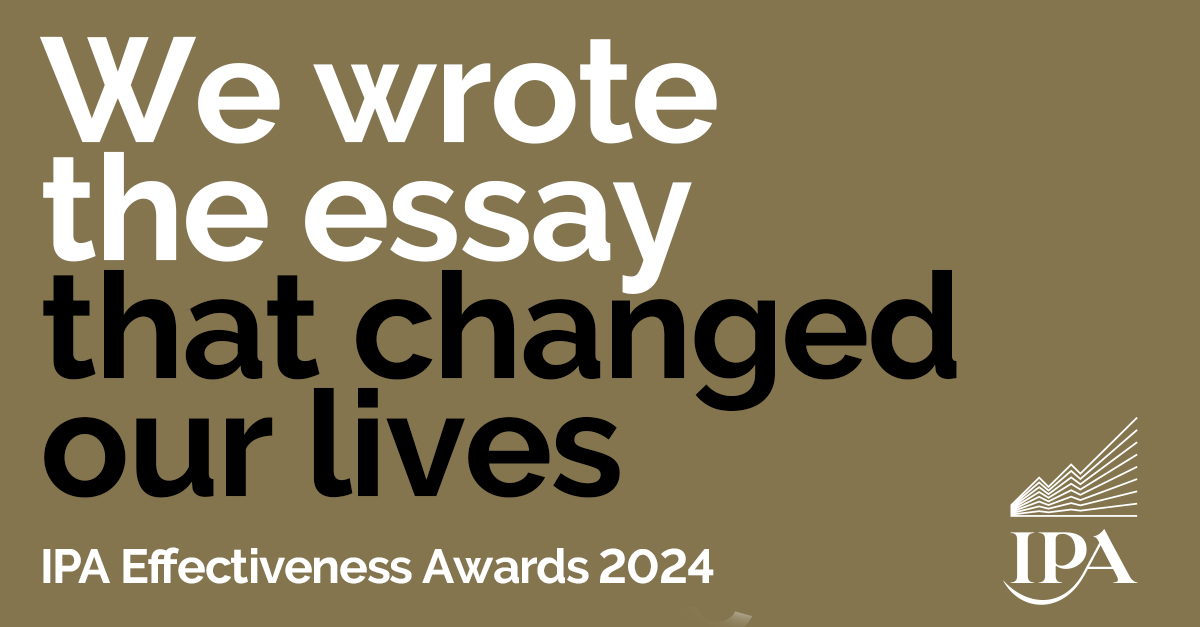So far in this landmark look at the state of marketing content in 2023, we’ve focused on the trends and the tech. These perspectives continue to influence our third and final chapter. But now we are also looking at how the new tools and abilities of the craft of content can be proactively managed by effective marketing teams. How content itself forms the vital touchpoints along your customers’ sales conversion journey.
An effective content marketing stream isn’t just the secret to growing your brand. It’s infrastructure. An investment in your brand and product that takes coordination of expertise and effort from across the organisation. There’s a lot to get right. So read on to discover how to balance the new against the necessary, the nice-to-have against the must-do-now.
(Remember to check out part one and part two.)
11. Social commerce
Shoppable experiences are becoming more seamless, with in-app user journeys helping customers get from inspiration to purchase more quickly. Brands are now using content to create a purchase path, on-platform, for their key audiences – and adapting messaging to tap into their specific needs and behaviours. Connecting with customers when they are browsing and more receptive supports a shorter sales cycle.
The pandemic accelerated the trend from physical stores to social shopping by roughly five years according to The Influencer Marketing Factory. 43% of Gen Z and 49% of Millennials have purchased products or services directly for social media according to Sprout Social.
Creating a content strategy that designs user journeys around customer nudge points for shoppable content will help you optimise this funnel. The sales processes can be reverse-engineered to serve up the best content for different personas at different stages. The value-add for content creators is to improve creative to increase conversion rates.
Whether you use social posts, video or blog posts to tag and signpost relevant products, helping consumers click through to what they want to buy quickly and easily is a no-brainer. Co-marketing with a range of Influencers allows brands to use formats such as Instagram shopping to drive the e-commerce opportunity and demonstrate a range of products. For higher conversion rates, co-marketing for niches, investing in shoppable content, and using affordable products befitting the current economic climate will help.
12. Content design & UX
Customer expectations of content interfaces are simply much higher now, whether that’s an app, a website or a chatbot. The rise of Content design and UX is about meeting this need to provide users with useful and usable content.
Sarah Winters, author of the excellent Content Design, says that when we research user needs, we need to rethink content. “Instead of saying ‘How shall I write this?’, you say, ‘What content will best meet this need? The answer might be words, but it might also be other things: pictures, diagrams, charts, links, calendars, a series of questions and answers, videos, addresses, maps, calculators, spreadsheets, printable documents, and many more besides.”
This process of working out what content – or mix of content – is best for the user is content design. As Winters says: “Content design isn’t just a technique, it’s a way of thinking. You’ll question everything, gather data, and make informed decisions. You’ll put your audience first.”
When it does come to writing, words are often an afterthought and come after “design”, or the visual and experiential system as Michael J. Metts and Andy Welfle point out in their book Writing is Designing. They say this is wrongheaded. “The writer should be creating the words as the rest of the experience is developed. They should be iterative, validated with research, and highly collaborative. Writing is part of the design process, and writers are designers.”
Wrapping this all up with audience-centric UX also means exploring elements such as page speed, mobile performance, consistent tone of voice, image placement, and quality. A/B testing can help build a better experience for your customers.
13. New team structures, workflow & governance
This isn’t the most glamorous trend but it’s the one that gets the job done. With more content channels, more content job types and bigger content teams with new structures, it’s critical that you get the ‘people’ elements right as well as the ‘content’ ones. Often, it’s not content that’s the problem. But it’s easy to get caught up in the content itself and not pay attention to the people.
Workflow and Governance is crucial, as Kristina Halvorsen & Melissa Rach highlighted in their seminal book Content Strategy for the Web, and it’s even more important now. As they point out: “With better processes and more clearly defined roles, people will be much better prepared (and, likely, happier) when it comes to creating and caring for content.”
Innovation, learning, and creativity depend on a joined-up marketing content approach, so brands can adapt to the latest tech and customer behaviours. Whether that’s SEO talking to content, or Content sitting with Digital PR and inviting Data over for a chat, a clear structure with accountability is key.
Ultimately, customers just want to ‘get’ your brand. They don’t lose sleep over the amount of channels you have, or who’s on your team. They don’t sit there counting your weekly post cadence. But they do notice when things feel off, when they don’t connect with their existing impressions of your brand. Effective workflow and governance help support consistent content, so however customers interact with you, they have a useful and engaging experience.
14. Real-time engagement
From livestreaming and customer service to UGC, customers now expect brands to engage with them in real-time. Real-time participation is being encouraged by channels opening to guests with Q&As and giveaways, such as YouTube Lives, LinkedIn Lives, TikTok Lives, Instagram Lives and Facebook Lives. It’s a great way to engage in authentic conversations and build immediate rapport with your audience.
As awareness of these formats grows, brands can use these new interaction points to encourage UGC and build their brand personality through personalised content. This helps grow your community, build positivity, gives your customers the sense they are being listened to, and it’s free. Both livestreaming and UGC move customers further into exploring your ecosystem, build their own relationships, and increases their desire to return.
Customer service also means the expectation of real-time engagement. Whether through social or chatbots, customers are looking to get answers straight away and feel they are being heard. Brands that don’t meet this expectation can’t expect to maintain customer loyalty. Building templates and sets of responses to common questions will help you manage queries and complaints to manage this process.
15. Proactive & reactive content
Reactive content has increased as a priority as the news cycle moves more quickly. The need for brands to maintain relevance means engaging in the media when it’s appropriate. But this is also about balance. Proactive or planned content for most brands will still be most of their output, but time and resource need to be allocated to stay live to trending news.
Newsjacking or reactive content is less about ‘going viral’ and more about brands playing in the relevant spaces and conversations their customers are engaged in. This could be reactive social posts, but it could also be reactive digital PR to tap into editor and journalists covering stories and looking for relevant and engaging content to share.
What’s important is to plan and have a process to react. This could means having social formats ready to share quickly, key messages as a brand you want to land that you can adapt, or brand data or stories with which you can reach out to the media. Of course, you need to know your audience to be able to anticipate the events and conversations they want to get involved with.
Brands such as Adidas pioneered a reactive moments approach. This is where a ‘marketing content bible’ is created to anticipate key moments in big events such as the FIFA World Cup. With images and video clips created in advance and ready to go, at the exact moment a spectacular piece of sporting action takes place, content is ready to be shared with fans at the exact moment they want it, creating a huge impact on social.
It’s time to start thinking about your marketing content. How are you going to make YOU the big event of 2023?
We’ve given you the toolkit to build your path to growth. If you need any more pointers, you know what to do.





